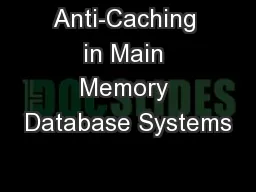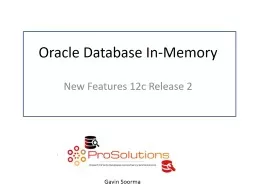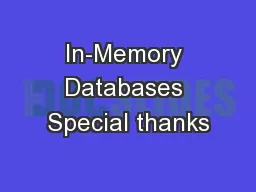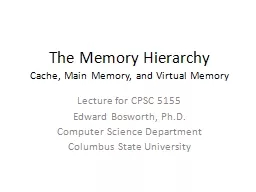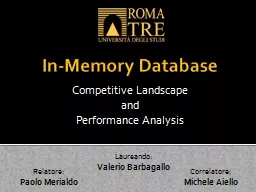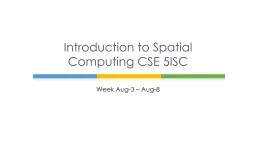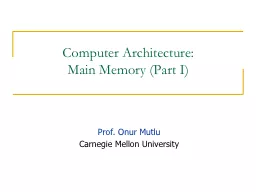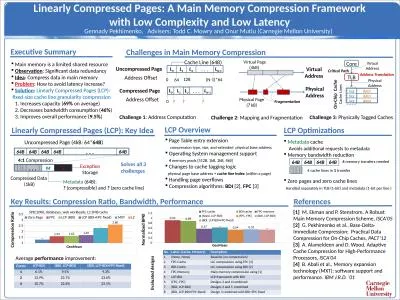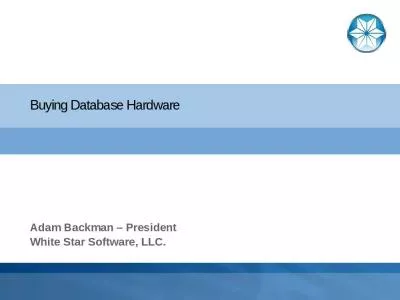PPT-A Study of Main Memory Database
Author : trish-goza | Published Date : 2019-06-28
System General Idea and Applications Hongnan Li Yanpu Li Chong Zhou Agenda General idea of MMDB Mechanisms and details Application demonstration
Presentation Embed Code
Download Presentation
Download Presentation The PPT/PDF document "A Study of Main Memory Database" is the property of its rightful owner. Permission is granted to download and print the materials on this website for personal, non-commercial use only, and to display it on your personal computer provided you do not modify the materials and that you retain all copyright notices contained in the materials. By downloading content from our website, you accept the terms of this agreement.
A Study of Main Memory Database: Transcript
Download Rules Of Document
"A Study of Main Memory Database"The content belongs to its owner. You may download and print it for personal use, without modification, and keep all copyright notices. By downloading, you agree to these terms.
Related Documents


